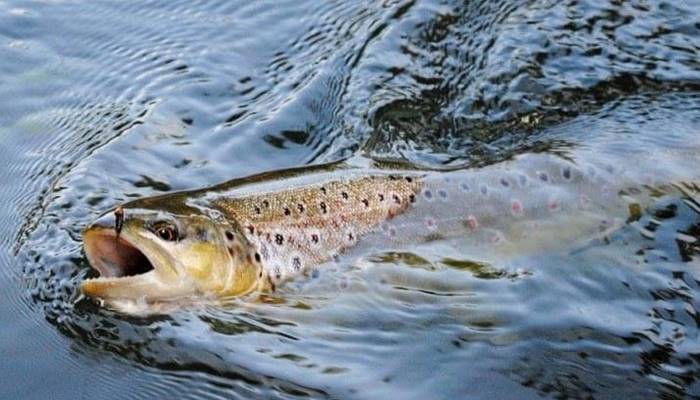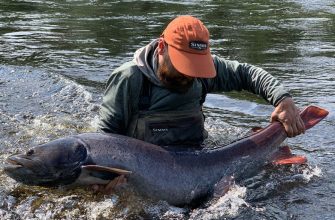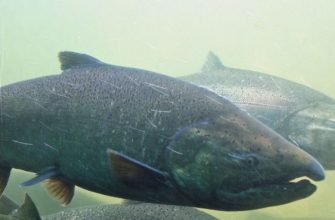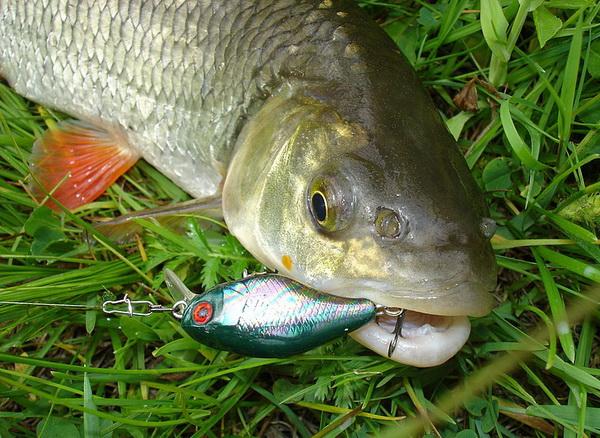Every year there are more and more paid reservoirs. Fishermen from all over the country come to fish for trout and to have a good rest. Some anglers are skeptical about such an event, supposedly such fishing is similar to hunting a wild boar in a pigsty. In fact, everything is different: trout is a rather capricious fish, and there are no guarantees regarding the catch – you can still be left with nothing.
How to properly fish for trout in paid waters
The main advantage of fishing for trout in paid reservoirs is the guarantee of the availability of fish. The reservoirs are artificially populated with fish, it receives a sufficient food base to grow to a large size, so looking for a trophy on a paysite is a common thing. On paid reservoirs, a situation is impossible when fish was found quite recently, but poachers with electric fishing rods destroyed everything – everything is controlled here. There are other benefits too:
- Paid reservoirs are equipped with comfortable houses where you can relax, as well as bridges for fishing. There is no need to walk on the pond trying to find at least some place where you can approach the water.
- On paid reservoirs, fish behave more predictably than in “wild” ones.
- Fishing in a paid reservoir in your area is much cheaper than traveling to distant reservoirs.
Fishing rules for paid reservoirs
Basically, the rules on water bodies are the same, with the exception of some little things. For example, here are five Moscow bases that will help you better navigate the rules:
- Cool place . Address: outer side of the Moscow Ring Road, 97th kilometer, Losiny Ostrov. Rules : the caught fish cannot be released into the reservoir without the appropriate permission, fires cannot be made, pellets cannot be used as bait or bait, balancers cannot be used, fish can only be caught with tackle permitted by the legislation of the Russian Federation, after fishing, the catch must be weighed. Each voucher gives a limit on the use of certain gear.
- Manor Island . Address: Moscow region, Leninsky district, with. Island. Rules : all caught fish is paid separately, you can catch trout on a spinning rod, a float (subject to casting no further than 5 m from the shore), fly fishing, for each angler it is allowed to have no more than 1 tackle. When catching trophy specimens, the following rules apply : each fish weighing more than 15 kg is examined by the administration, and, if there is no damage, is released into the reservoir. If there is damage, the angler must pay for the fish according to the price list.
- Novoselki . Address: Moscow region, Naro-Fominsk district, village Novoselki. Rules : each paid entrance has a certain limit on free catch of trout, everything caught in excess of the measure is paid separately. Each angler can use no more than 2 tackles, in excess of the norm – it is also paid separately.
- Belaya Dacha . Address: Moscow region, microdistrict Belaya dacha, 1st pokrovsky passage, opposite the shopping center “Mega”. Rules : you can fish with two tackles, and each of them should have no more than 2 single hooks, all trophy fish are released, the use of a landing net is mandatory. Every angler should have a cage where the caught fish is kept.
- Fishing at Ivanych’s . Address: Moscow region, Shchelkovsky district, village Bolshie Zherebtsy, SPK “Romashka”. Rules : all catch is weighed after fishing and paid according to the price list. All fish caught must be kept in cages.
In search of trout on paysites
Perspective places for fishing are areas of a reservoir with a flat bottom, shallow grooves, pits. The representative of salmon does not like:
- sharp elevation changes;
- too much aquatic vegetation.
Important! Usually, the owners of reservoirs where trout live, monitor the condition of the bottom and prevent the violent growth of algae.
Trout is often found near snags, stones, in the coastal zone, under tree branches hanging over the water. She often finds shelter under bridges.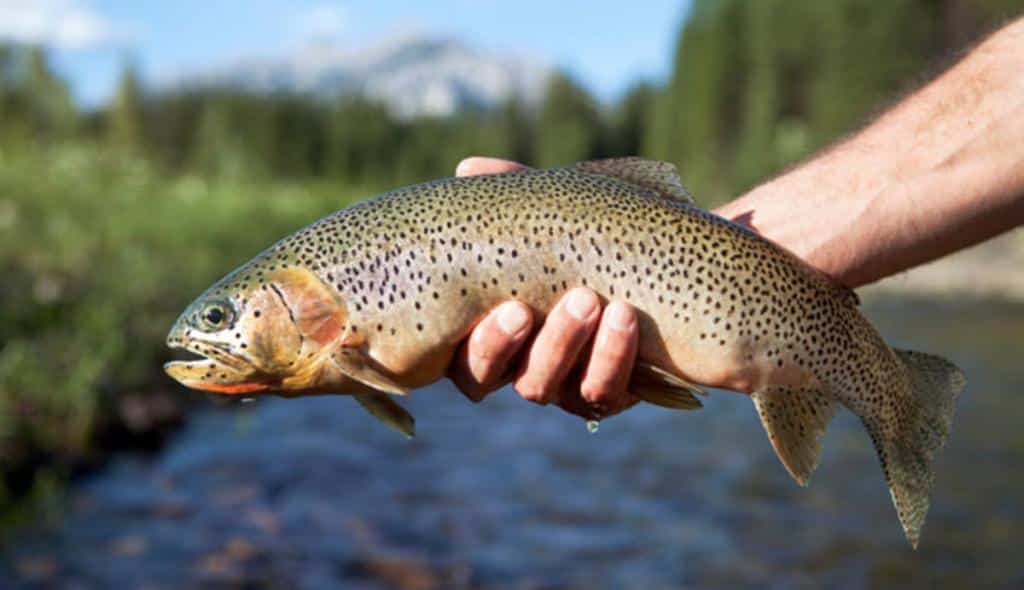
Tackle for trout fishing in autumn
A wide variety of tackles are used for trout fishing:
Spinning trout
Spinning is a traditional trout fishing tackle. There is a wide range of narrowly targeted rods on the market aimed at catching this fish. If a paid reservoir is “adequate”, that is, its owner understands what’s what, then he tries to keep the trout near the shore, not allowing it to walk around the entire water area. Therefore, a long tackle is not required. Usually a spinning rod up to 180 cm long is sufficient, the action is slow. It is important that the rod is light – it is not only comfortable, but also more interesting. But with a medium or fast action to avoid annoying retirements, alas, will not work. Fishing line – 0.2-0.25 mm.
On reservoirs with stagnant water, they choose area spinning rods, and for fishing in the current, streams.
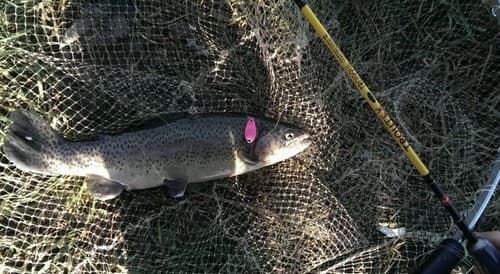
vibrators.and spinners. The classic scheme (the larger the bait, the larger the fish will bite) does not work. The size of the spoon should not exceed # 4. The weight of the bait is selected for the rod test, but it is desirable that it does not exceed 10 grams. The color of the bait also depends on the transparency of the water – the more cloudy it is, the brighter the bait should be. The reel should be with a wide and shallow spool – this will allow you to wind more line in one turn, which is very important when fishing for trout. Cord – 0.2 mm. Fishing for trout on a paysite in the fall of 2021 for spinning, what it bites on, what tackle and wiring to use – video report from the shore of the reservoir at the competition: https://youtu.be/begfz0pva_4
For trout fishing, rods with a test of 5-10 g are usually used.
Trout is most active in autumn at night, although it is usually active during the day. An important factor affecting trout biting is atmospheric pressure. It doesn’t matter whether it is low or high, the main thing is that there are no strong drops that can provoke a lull in the bite. It is very important to be quiet when fishing for trout.
Interesting to know. On paid reservoirs, trout have a good food base at their disposal, so they do not move much in the reservoir.
The best leads : light twitching, aggressive with jerks of the bait in different directions. Fishing for trout in the fall on paysites on the bombard – a variant of the equipment: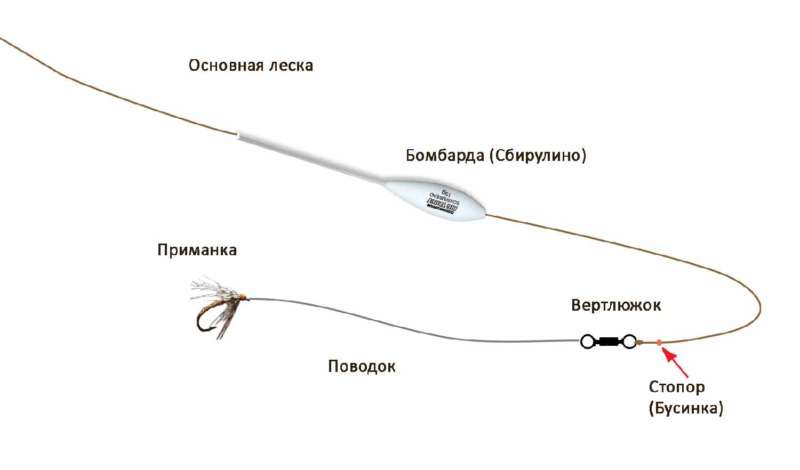
Trout fishing with pasta
Pasta is a special mixture of various ingredients and additives that attracts trout perfectly
in the fall season . In consistency, it is similar to plasticine, so you can sculpt bait of any size and shape. The paste is sold in small jars, has a bright color and a pungent smell, which together perfectly lures fish. Pasta is one of the most effective trout baits.
- Float . Rod up to 4 m, line 0.25 mm thick, any reel, hook No. 10, leash 60 cm.
- Donku . A rod no more than 3 m with any reel, nylon line 0.25-0.26 mm, a leader 1 m, no more than 0.2 mm thick, quick release weight, hooks No. 10-12.
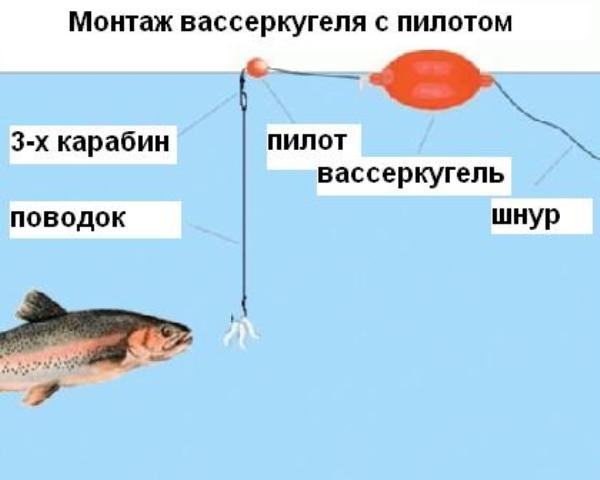
Trout on a feeder
The feeder cannot be called a particularly popular tackle when fishing for trout, because it mostly stays near the surface of the water, and the feeder is a kind of donkey. Nevertheless, such a tackle is successfully used. There are no special requirements, the rod is chosen depending on the size of the fish living in the reservoir. Usually it is a “stick”, 4-6 meters long, of medium or heavy class, with a powerful reel, capable of handling large trout (on paid reservoirs, there are individuals and over 3-5 kg). And since this fish briskly resists when playing, the chance of breaking a cheap tackle is quite high. Fishing line – nylon, up to 0.25 mm thick. The classic trout rig: the Gardner loop.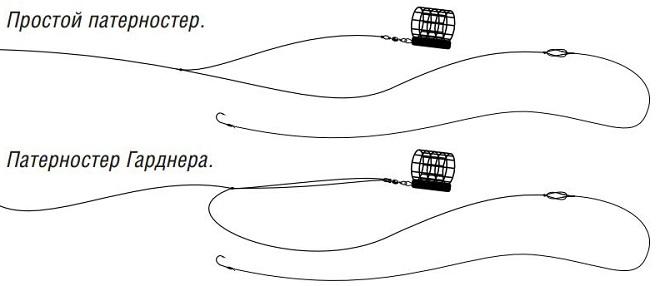
Such a loop prevents the fish from swallowing the bait too much, which is useful for those who fish on the “catch and release” principle.
Feeder fishing usually involves feeding the bait to the bottom. In the case of trout, you need to make sure that it does not sink or sink slowly to the bottom. This can be achieved by adding a floating material, such as foam, to the bait.
The best baits :
bloodworms ,
maggots . It is desirable that the baits are red, green or yellow.
Fishing with a float
Usually float tackle is chosen by beginners because of its simplicity, but in the case of trout, even many experienced anglers choose it because of its performance. For collecting tackle, a fly rod is most often chosen
. This is a light “stick” that has nothing superfluous. The length of the rod depends on the place of fishing. On small rivers and reservoirs, 4 m will be enough, and on large reservoirs – up to 7 m (provided that long-distance casting is allowed by the rules of the base). The line is monofilament, 0.2-0.25 mm in diameter. Leashes are made of monofilament or fluorocarbon, and their breaking load should be less than the line by about a quarter. The classic rig is a float on two cambric, then a few pellets of the weight, located in descending order from the largest, then a leash and a hook. 
The best baits :
corn , trout paste, shrimp, fry, worm, maggot, bloodworm.
Important! It is better to plant worms and maggots on the hook in bunches. An interesting option is “sandwiches” made from different baits.
Trout prefers moving bait, so you have to please capricious fish. On rivers with the current, the water will do everything for the fisherman, but on reservoirs with stagnant water, you will have to “play” the bait yourself, performing simple postings.
Good to know
- When fishing for trout , sharp trips should be avoided , this fish already quite aggressively rushes to the bait. A sharp sweep is required only if you need to tighten the line as much as possible before playing.
- In sunny weather, it is advisable to have safety glasses with you . By wearing them, you can minimize glare on the surface of the water and make out the fish in shallow water.
- Even when fishing for small trout, you cannot do without a landing net . Moreover, on paid reservoirs, you can use racket landing nets, which cause a lot of inconvenience on ordinary reservoirs.

